46 Foreign Cars That Aren’t Worth Your Money
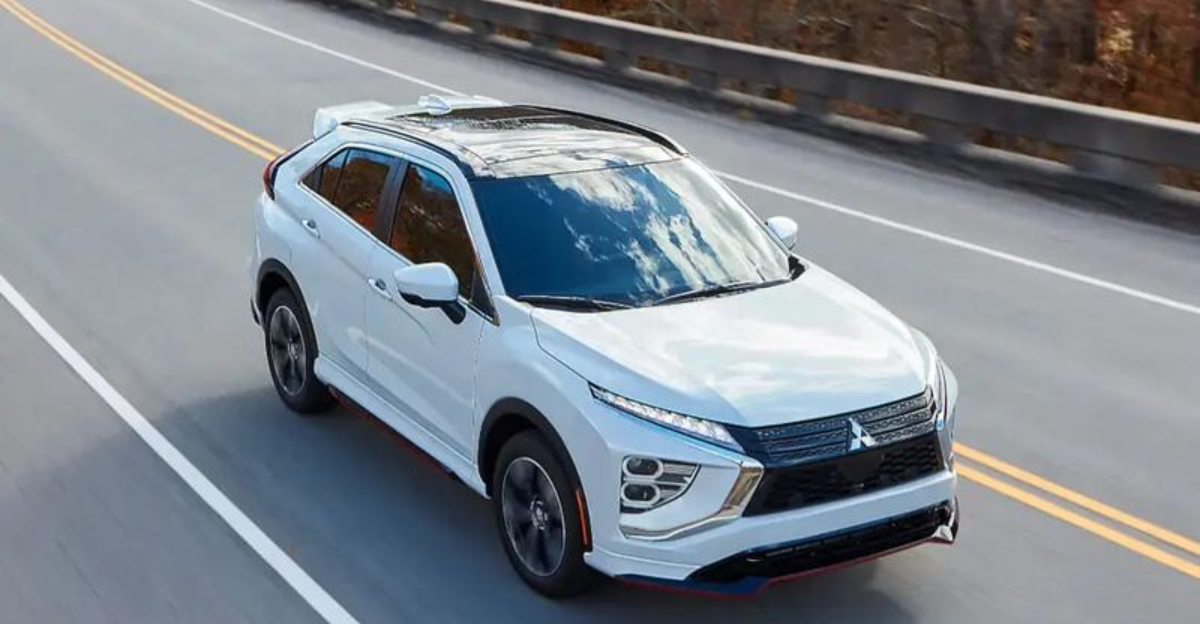
We’ve all had that friend who raves about their shiny foreign car, convinced it’s the ultimate ride.
I was once that person, sold on a sleek European model, only to be hit with a flood of repair bills soon after. It turns out, not all foreign cars are the golden ticket they seem to be.
Some look great on paper but don’t live up to the hype. Here are 46 foreign cars that might not be the best use of your money after all.
1. Fiat 500L
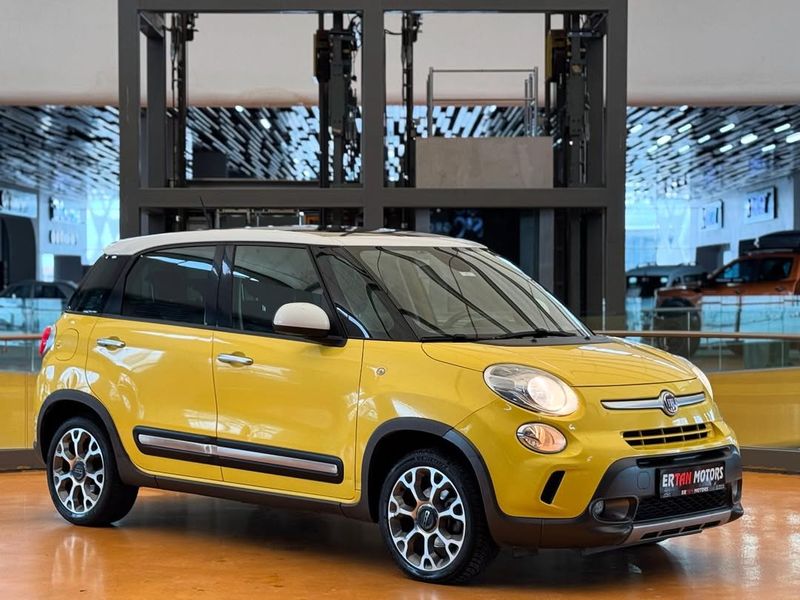
Once, I was smitten by the Fiat 500L’s charming look. However, reality struck when frequent trips to the mechanic became routine. The Fiat 500L struggles with reliability, making it a costly companion.
Despite its spacious interior, it lacks the finesse expected in foreign cars. Did you know production cost-cutting led to its underwhelming performance?
While driving it, I couldn’t shake off the feeling that it was more show than substance. Have you ever bought something just because it looked good, only to regret it later?
2. Mitsubishi Mirage

The Mitsubishi Mirage, with its diminutive stature, promises affordability but delivers little else. It’s like buying a chocolate bar and discovering it’s mostly air.
Fuel efficiency is its selling point, but comfort and performance are absent. The ride can be bumpy, and the interior feels cheap.
When compared to competitors, it often lags behind in driving dynamics. For those seeking an engaging ride, the Mirage might leave you wanting more. Is saving a few dollars at the pump worth such sacrifices?
3. Smart ForTwo
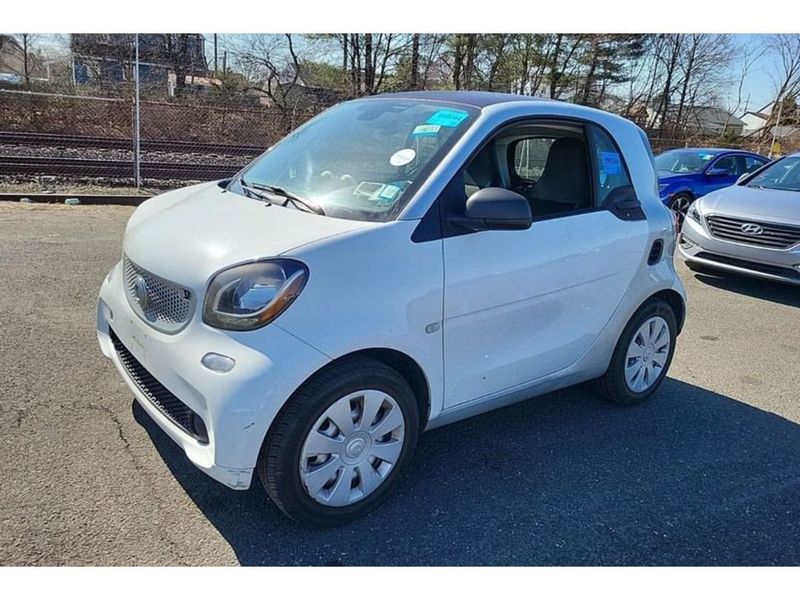
Remember when compact cars were the future? The Smart ForTwo was at the forefront, a promise unfulfilled.
Its tiny frame makes city parking a breeze, yet its legacy is marred by lackluster power and minimal storage. While eco-friendly, it’s not the best for long drives.
Fun fact: its design was inspired by a need for urban mobility solutions. But with so many shortcomings, one has to wonder, is cutting size for practicality really success?
4. Nissan Juke
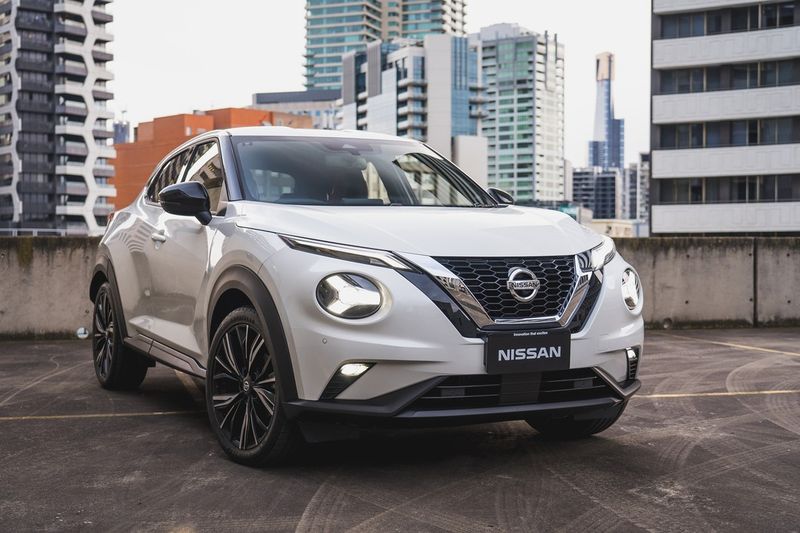
Compared to its peers, the Nissan Juke stands out with its quirky design, reminiscent of an ambitious art project.
However, its style overshadows substance, offering a claustrophobic interior and limited cargo space. Performance-wise, it doesn’t excite, and its price tag feels unjustifiable.
While it attempted to carve a niche in the crossover market, the execution fell short. Many potential buyers turn away, opting for more balanced alternatives.
Does bold design justify a compromised driving experience?
5. Renault Kwid
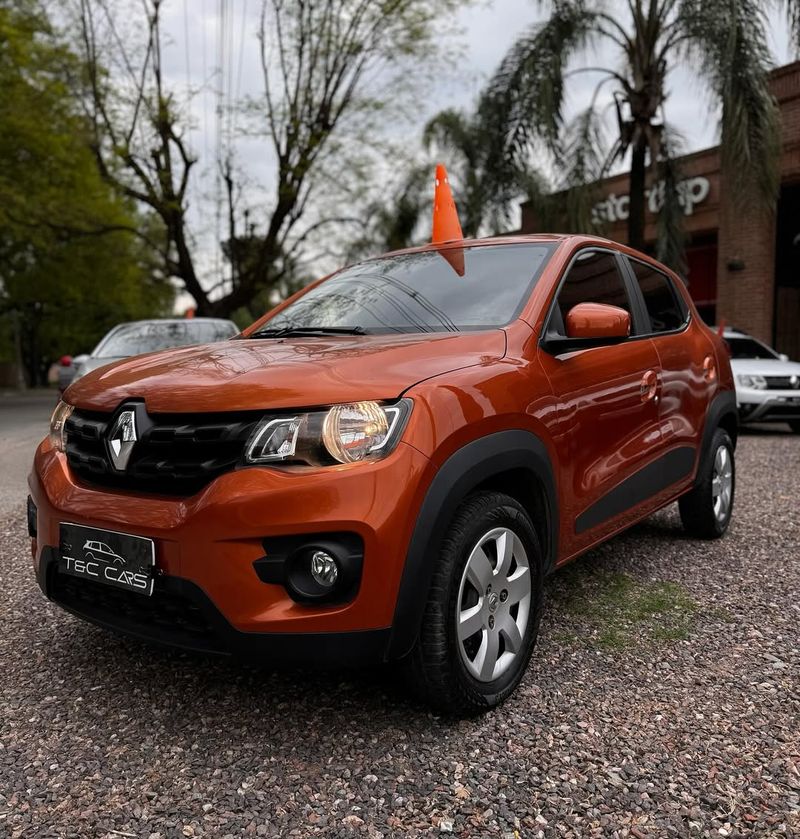
I remember the Renault Kwid as the car that seemed too good to be true. Its budget-friendly nature was appealing, but I learned the hard way that you get what you pay for.
While the Kwid offers a decent urban presence, it lacks safety features and reliability.
Did you know the Kwid was Renault’s attempt to tap into emerging markets with minimal investment? The experience left me pondering if cutting corners for affordability was the best route.
6. Peugeot 1007
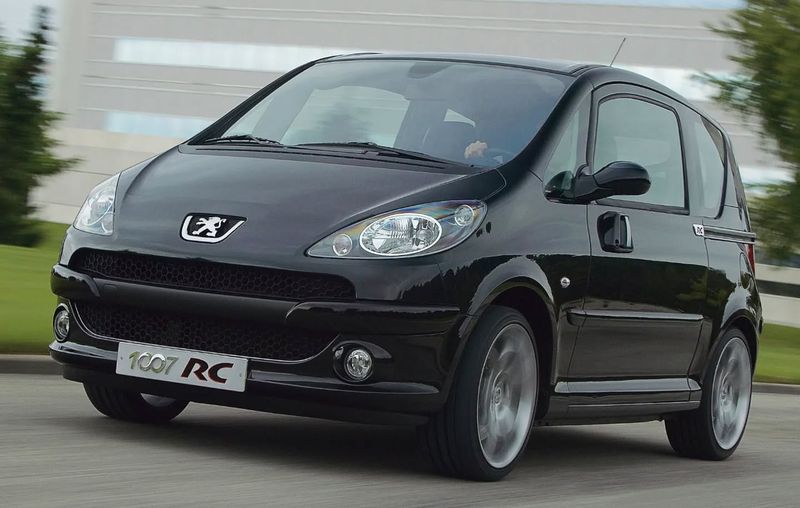
The Peugeot 1007, with its unique sliding doors, feels innovative at first. Yet, it’s akin to a gadget with more charm than utility. Space efficiency is compromised, and its weight affects performance.
The quirky feature often becomes a talking point, but reliability and cost overshadow it.
As a city vehicle, it faces stiff competition, struggling to stand out beyond its doors. In essence, the 1007 is a lesson in how innovation needs substance to truly succeed.
7. Suzuki X-90
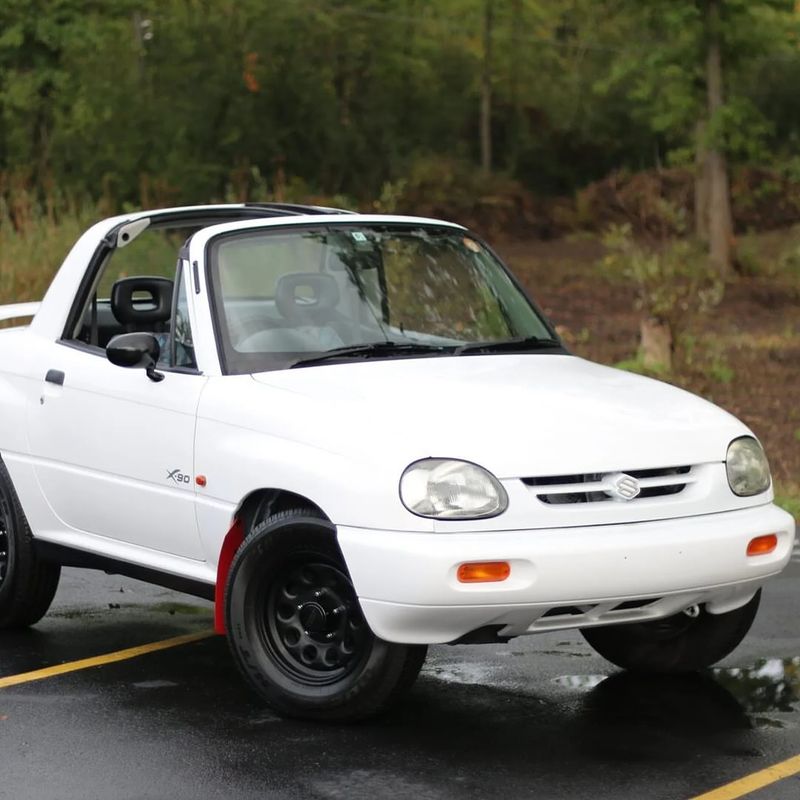
Who could forget the era when Suzuki X-90 tried to blend coupe and SUV? It was a bold move that didn’t quite pay off. The X-90’s legacy is one of confusion, neither sporty nor utility-focused.
Its two-seater design was impractical for families. Despite its attempts to innovate, it left many scratching their heads. Would you choose a car that doesn’t seem to know its identity?
8. Citroën C1
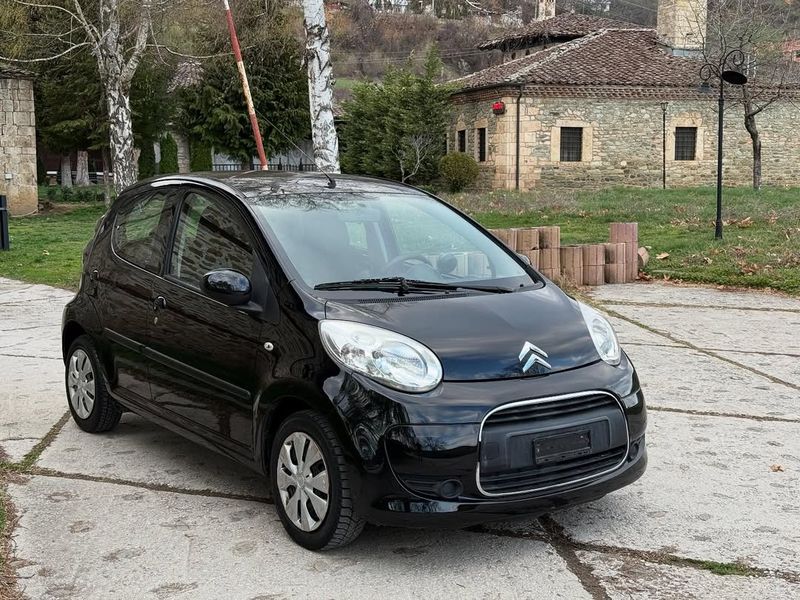
When comparing compact cars, the Citroën C1 struggles to make a mark. Its design feels derivative, offering similar features to rivals with no standout elements.
The interior is cramped, and the ride quality leaves much to be desired. While it aims for affordability, competitors offer better value.
In a market saturated with options, the C1 is often overshadowed, leaving potential buyers seeking more compelling alternatives. Why settle for less when the market is ripe with better choices?
9. Kia Rio (early models)

In the early 2000s, I thought I struck gold with a Kia Rio. Affordable and functional, it checked all the boxes, until maintenance costs piled up.
The early models were plagued with mechanical issues, making it an unreliable choice. Despite its affordability, the long-term expenses negated any initial savings.
Did you know the early Rio models had a reputation for poor safety standards? It’s a reminder that sometimes initial savings aren’t worth the future headaches.
10. Hyundai Accent (older models)

The older Hyundai Accent models resemble a promising deal that falls short on delivery. Picture a book with an attractive cover but a lackluster story inside.
While budget-friendly, these models struggle with performance and longevity. Though practical for city driving, the ride is often noisy and underwhelming.
Competitors have surpassed it in terms of design and innovation. Buying one today feels more like settling. Are potential savings worth the compromise in satisfaction and quality?
11. Renault Twingo
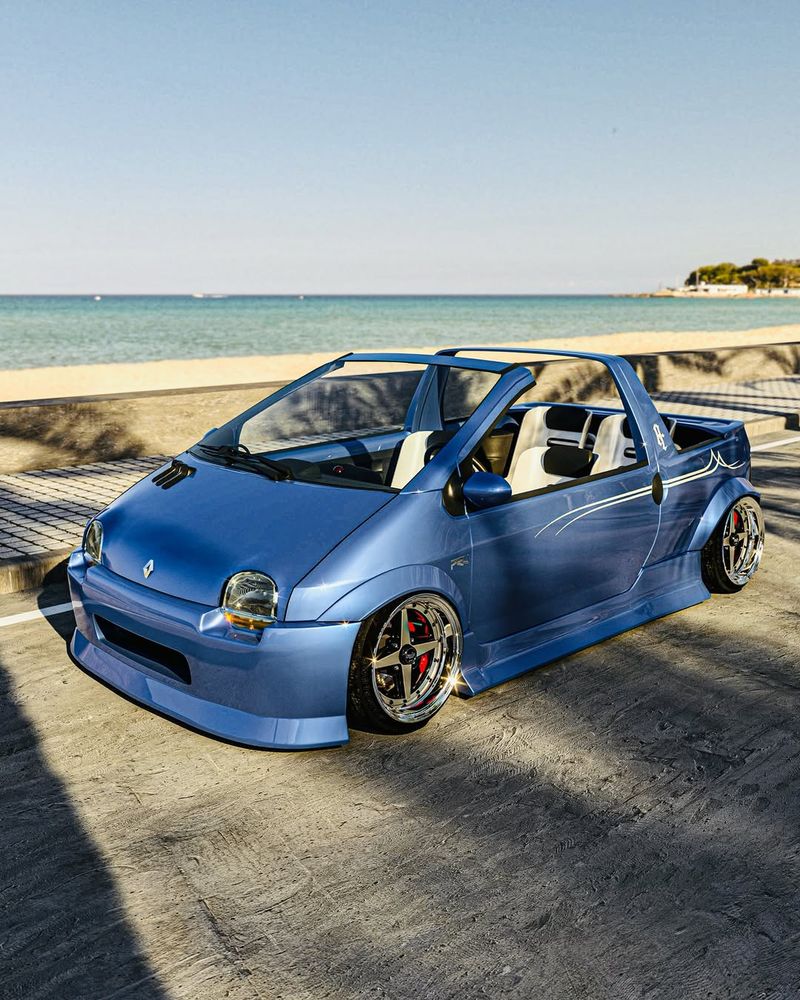
Ah, the Renault Twingo, a car that tried to capture hearts with its quirky design. It was a bold statement, yet its legacy is mixed.
While it aimed to be a budget-friendly city car, reliability issues and limited features plagued its reputation.
The Twingo stands as a reminder that a playful design isn’t enough to ensure longevity and satisfaction. Would you invest in charm over substance?
12. Daewoo Lanos
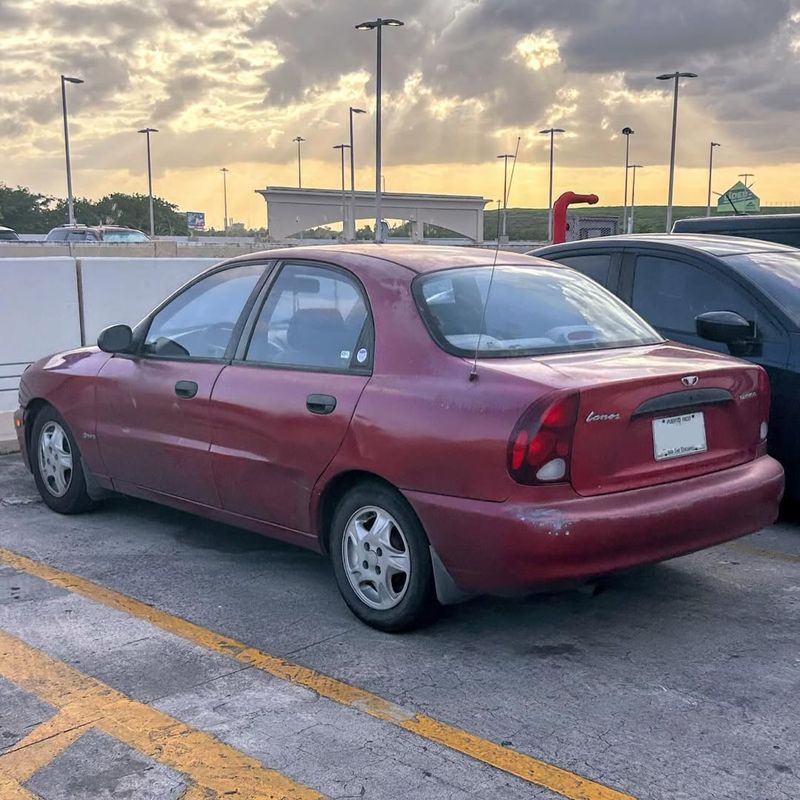
In the world of budget-friendly sedans, the Daewoo Lanos quickly fades into the background. Similar to vehicles in its category, it offers basic features with no surprises.
However, its performance and reliability issues quickly overshadow any initial appeal. The interior feels outdated, and resale value is poor.
While intended as an economical choice, it often leaves owners frustrated. With so many options available, why settle for mediocrity when better choices await?
13. Fiat Punto

I was charmed by the Fiat Punto’s classic European flair during a vacation. But owning one revealed reliability issues and costly repairs.
Despite its appealing exterior, the interior felt dated, and the driving experience was average at best.
Interestingly, the Punto was once a symbol of Italian innovation in its heyday. However, it now stands as a lesson in how initial allure can fade when practicality takes the stage.
14. Skoda Roomster
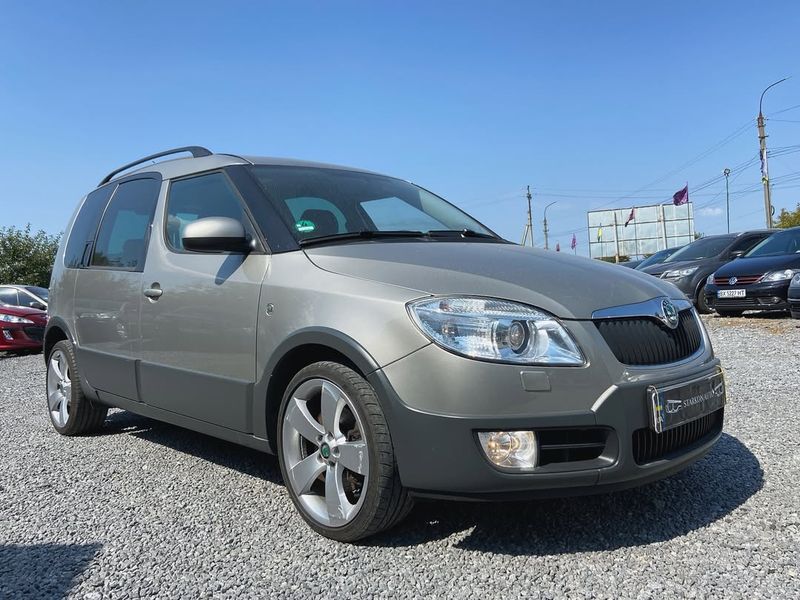
The Skoda Roomster, with its unique design, promises versatility but delivers confusion. It’s like a multi-tool that’s awkward to use.
While spacious inside, the design choices compromise aerodynamics and efficiency. The quirky shape is not for everyone, and it lacks the performance to match its utility claims.
In a market where form follows function, the Roomster struggles to find its place. Sometimes, unconventional ideas need more refinement to truly shine.
15. Proton Gen-2
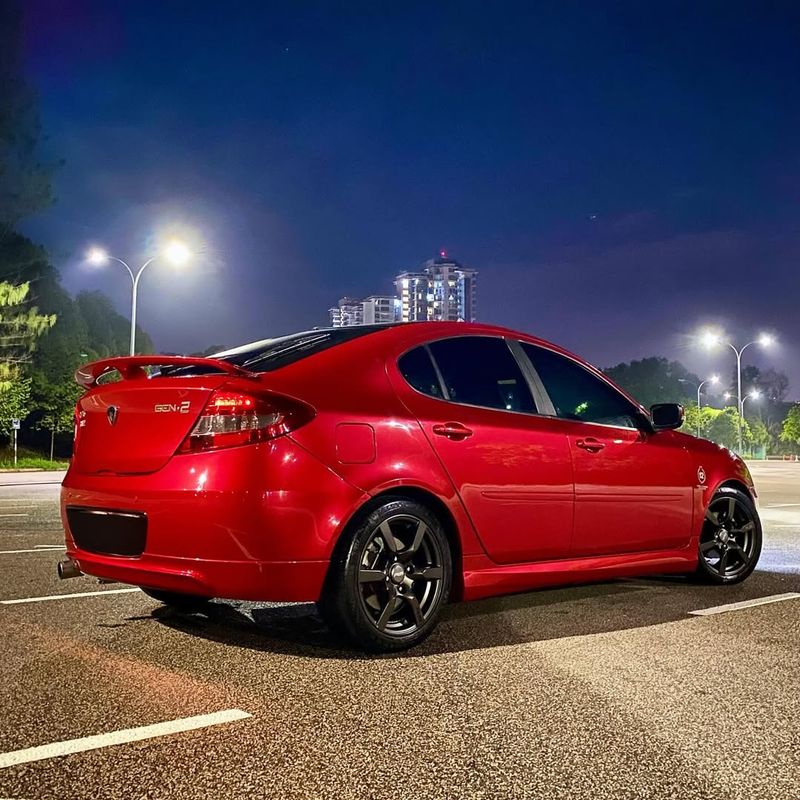
The Proton Gen-2 aimed to redefine affordability and style. Yet, its legacy highlights missed opportunities. With mechanical gremlins and inconsistent performance, it couldn’t sustain initial promises.
It was an ambitious project that fell short, becoming a lesson in the importance of thorough engineering. This experience makes one ponder, is cheap always cheerful?
16. Great Wall Voleex C30
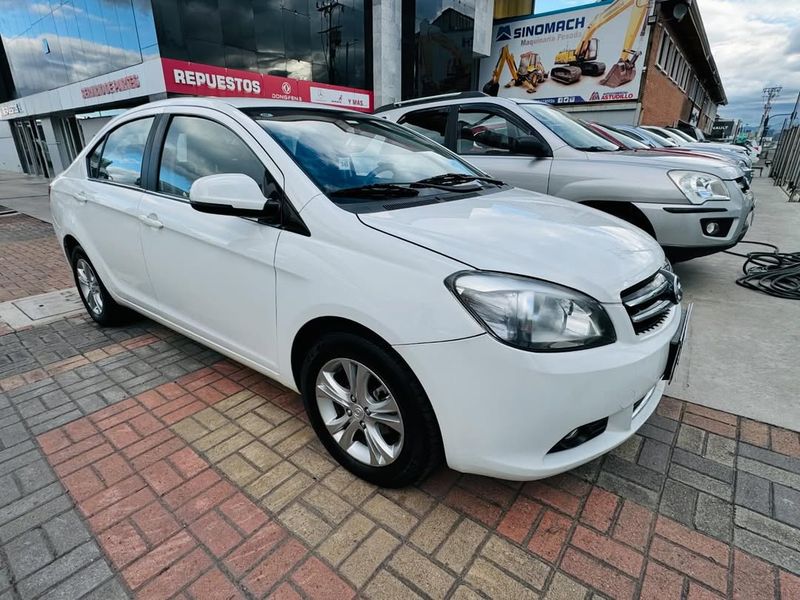
Among compact sedans, the Great Wall Voleex C30 attempts to blend in, yet fails to excite. It shares dimensions and features with many rivals, but lacks standout qualities.
The interior feels uninspired, and the driving experience is mundane. While marketed for its affordability, it doesn’t excel in any particular area.
For buyers seeking more than just a basic transport solution, the Voleex C30 may not meet expectations. Why opt for the ordinary when there’s more out there?
17. Mahindra KUV100
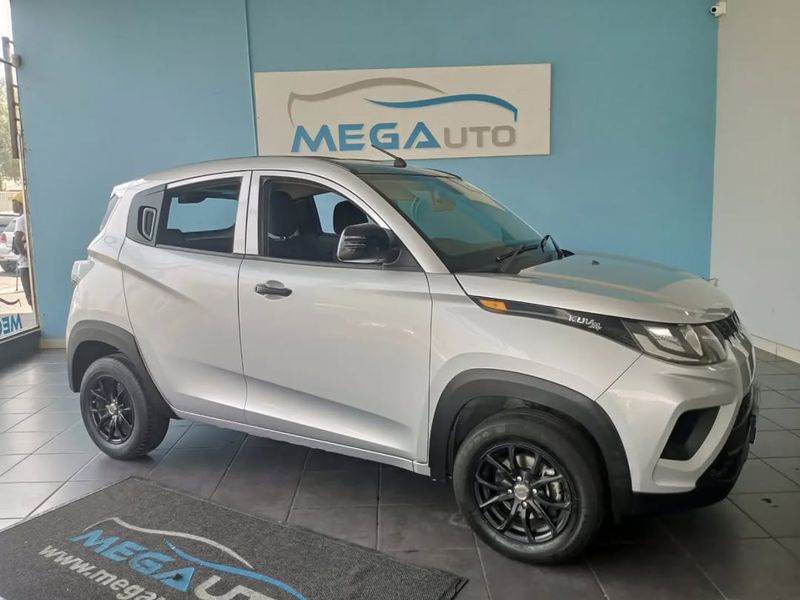
Once, I was intrigued by the Mahindra KUV100’s quirky design. Its attempt to merge compact and crossover styles seemed promising.
But, it turned out to be an underwhelming ride with questionable build quality. Despite its affordability, the driving experience was lackluster.
Did you know the KUV100 was Mahindra’s play to attract young buyers in urban environments? It’s a reminder that expectations should align with reality in the auto market.
18. Tata Nano
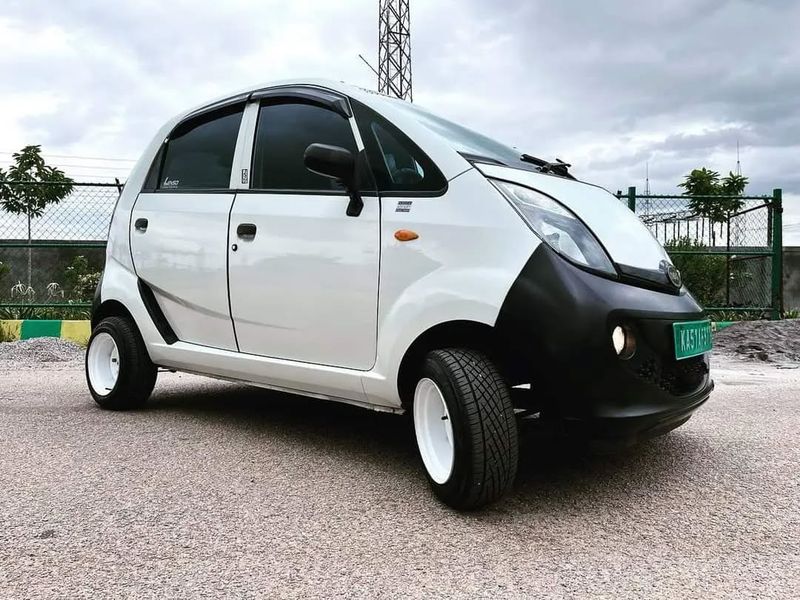
Touted as the world’s cheapest car, the Tata Nano was a bold experiment in affordability. Its compact size and price were appealing, yet it lacked the fundamentals of a reliable vehicle.
The ride was noisy, and safety was a concern. Despite its initial buzz, it quickly fell out of favor with consumers seeking more than just a low price.
It’s like buying a bargain that leaves you wanting more, proving that sometimes less is just less.
19. Dacia Logan MCV
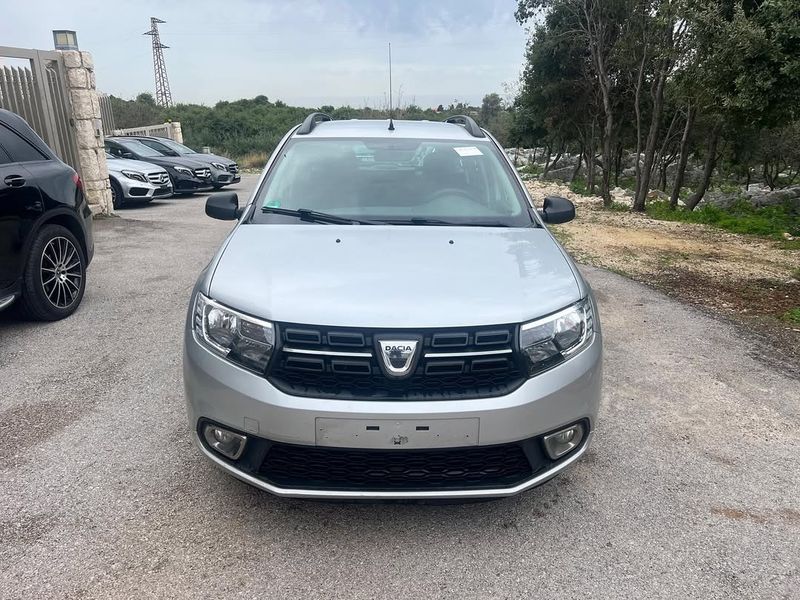
When considering practical wagons, the Dacia Logan MCV might come to mind. Yet, its legacy is one of utility over enjoyment.
The design is plain, with an emphasis on space rather than style. Reliability issues have tarnished its reputation, leading to more headaches than convenience.
For those who need a no-frills vehicle, it serves a purpose, but at what cost? Would you sacrifice driving pleasure for practicality?
20. Peugeot 307
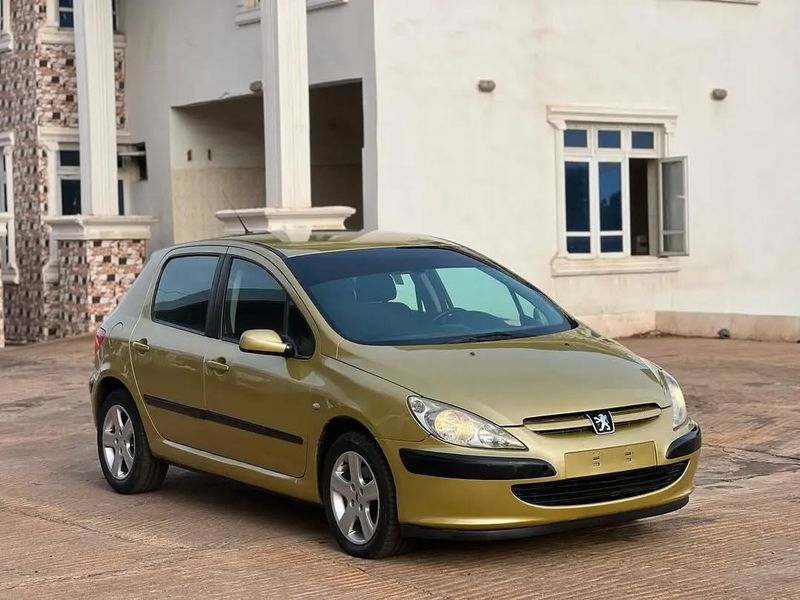
In the vast landscape of compact cars, the Peugeot 307 was once a contender. However, its design and performance feel overshadowed by rivals.
The interior lacks modernity, and driving dynamics are far from thrilling. While it aimed to capture the hearts of European drivers, it often fell short in delivering the full package.
With so many alternatives available, why choose a vehicle that doesn’t stand out in any significant way?
21. MG 6
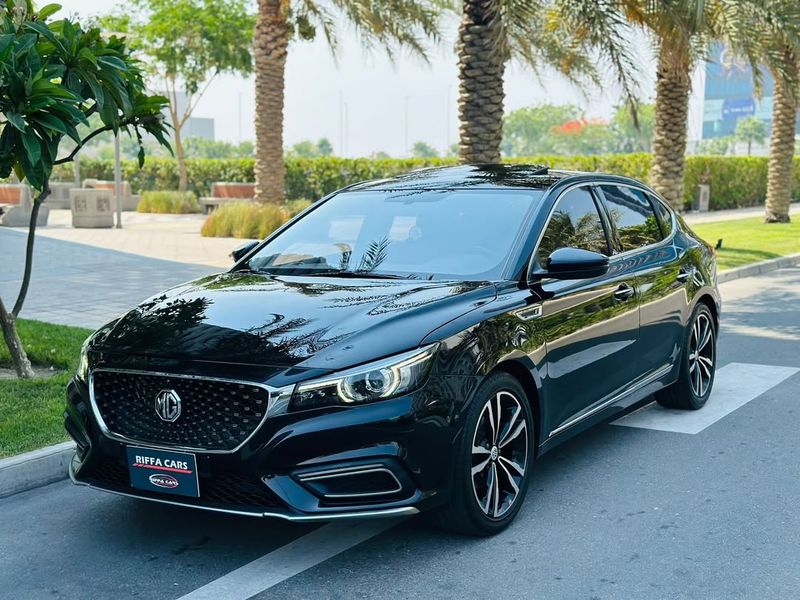
I was drawn to the MG 6 for its stylish design and promise of performance. Yet, the reality was a car plagued with quality issues and disappointing handling.
Despite its attractive price, it didn’t deliver on the driving experience. Interestingly, the MG 6 was part of a revival effort to bring back a classic brand.
However, it left me questioning if nostalgia was enough to overlook its flaws.
22. Subaru B9 Tribeca
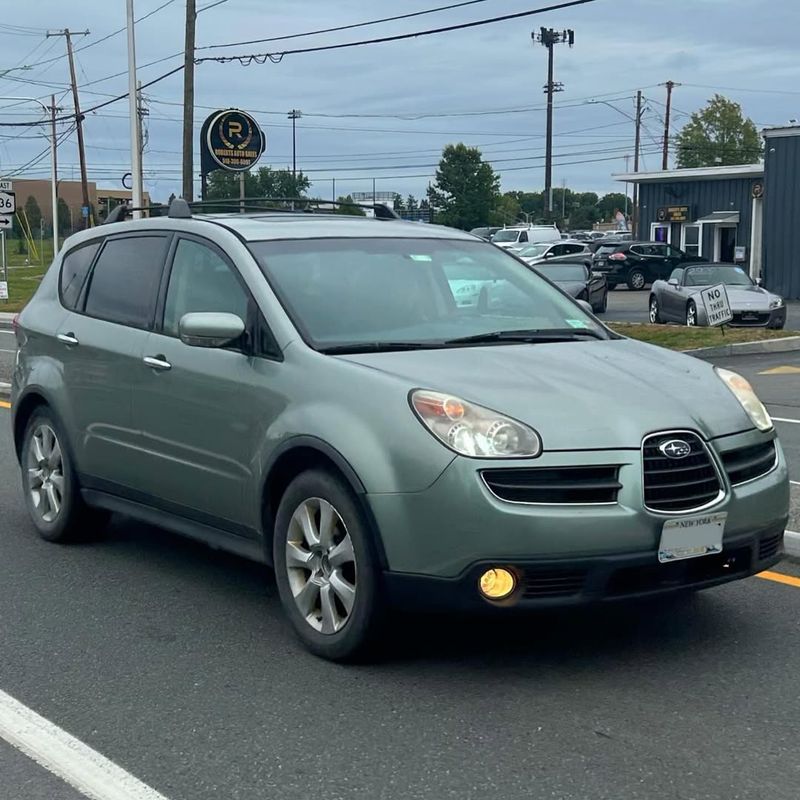
The Subaru B9 Tribeca, with its distinct front-end design, aimed to capture adventurous spirits. Yet, it felt like a misfit in the SUV category.
With cramped third-row seating and average power, it struggled against competitors. Imagine an SUV that promises off-road capability but delivers an average ride.
Despite its attempts to appeal to families, it often fell short. When adventure calls, is a compromise truly worth it?
23. Nissan Tiida
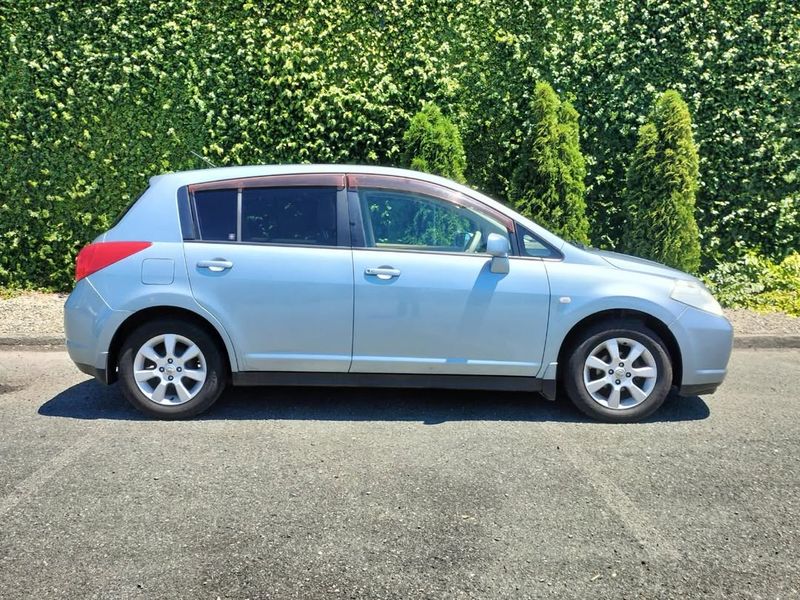
The Nissan Tiida aimed to provide a blend of practicality and style. Yet, it often felt like a missed opportunity. While it offered decent space, the driving dynamics were uninspiring.
It was a car that promised much but delivered mediocrity. The Tiida’s legacy is one of potential never fully realized.
Would you settle for a vehicle that leaves you wanting more, when better options are out there?
24. Mitsubishi i-MiEV
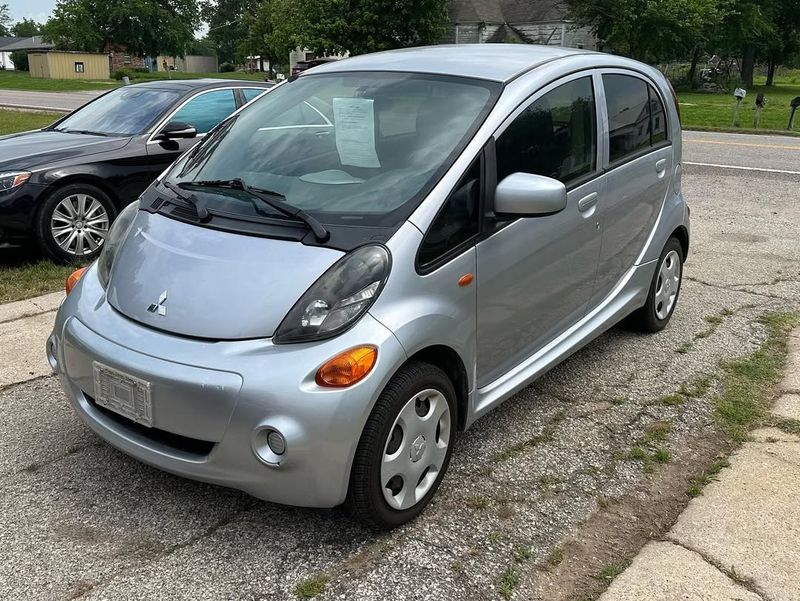
In the realm of electric vehicles, the Mitsubishi i-MiEV attempted to stand out. However, its limited range and basic features made it a tough sell.
Compared to modern EVs, it lacks the technology and performance expected today. As an early entry into the electric market, it struggled to maintain relevance.
While environmentally friendly, it often left drivers desiring more innovation and capability. Is being green enough when more advanced options exist?
25. Opel Meriva
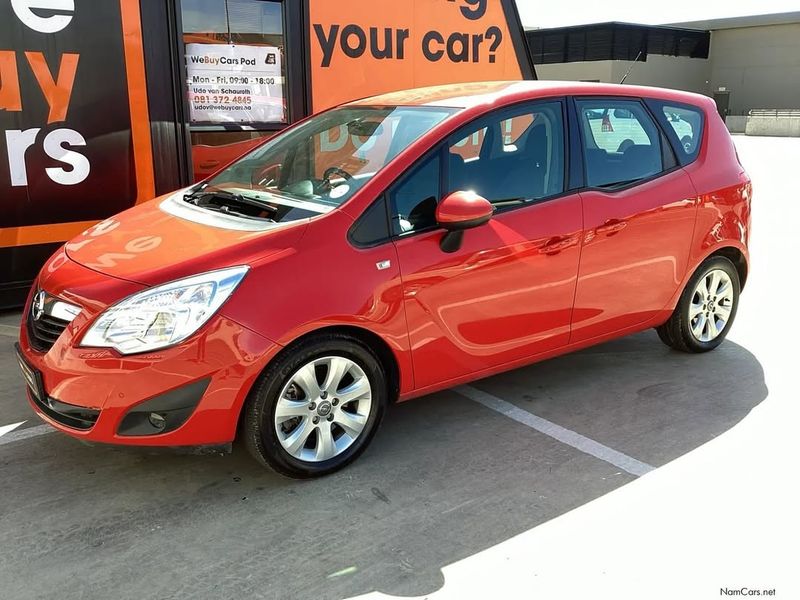
I remember the Opel Meriva as a practical choice for families on a budget. But it soon became evident that its build quality wasn’t up to par.
The driving experience was far from exciting, and frequent repairs added to the cost.
Interestingly, the Meriva was designed with flexible seating to appeal to families. However, it’s a reminder that practicality without reliability can lead to regrets.
26. Citroën C3 Pluriel

The Citroën C3 Pluriel attempted to offer versatility with its convertible design. It’s like a Swiss Army knife of cars, promising much but delivering little.
The roof mechanism was complex and often problematic, overshadowing its intended flexibility. While it aimed to be stylish, the execution left owners frustrated.
In a market where simplicity often wins, the C3 Pluriel serves as a reminder that more features aren’t always better.
27. SsangYong Rodius
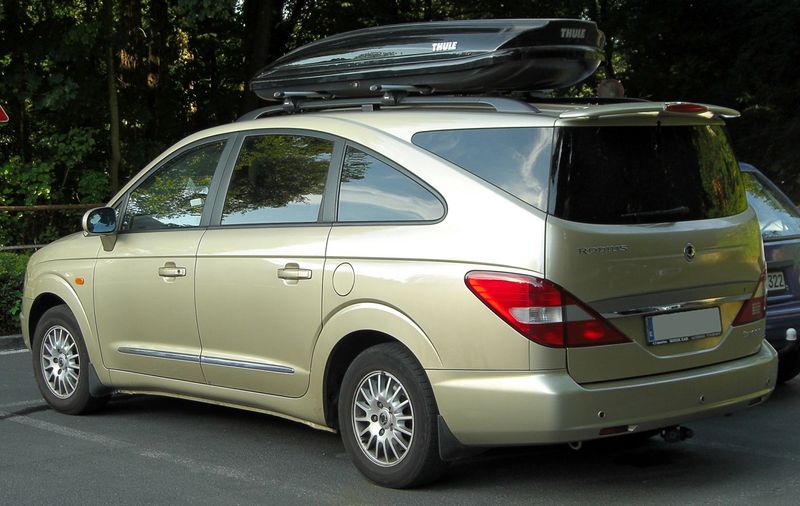
The SsangYong Rodius tried to redefine the MPV segment but left a mixed legacy. Its size promised space, yet its design was polarizing.
The driving experience was underwhelming, and the build quality was questionable.
It was a vehicle that aimed for practicality but struggled to deliver on aesthetics and performance. Would you invest in size alone, or seek a more balanced package?
28. Renault Fluence
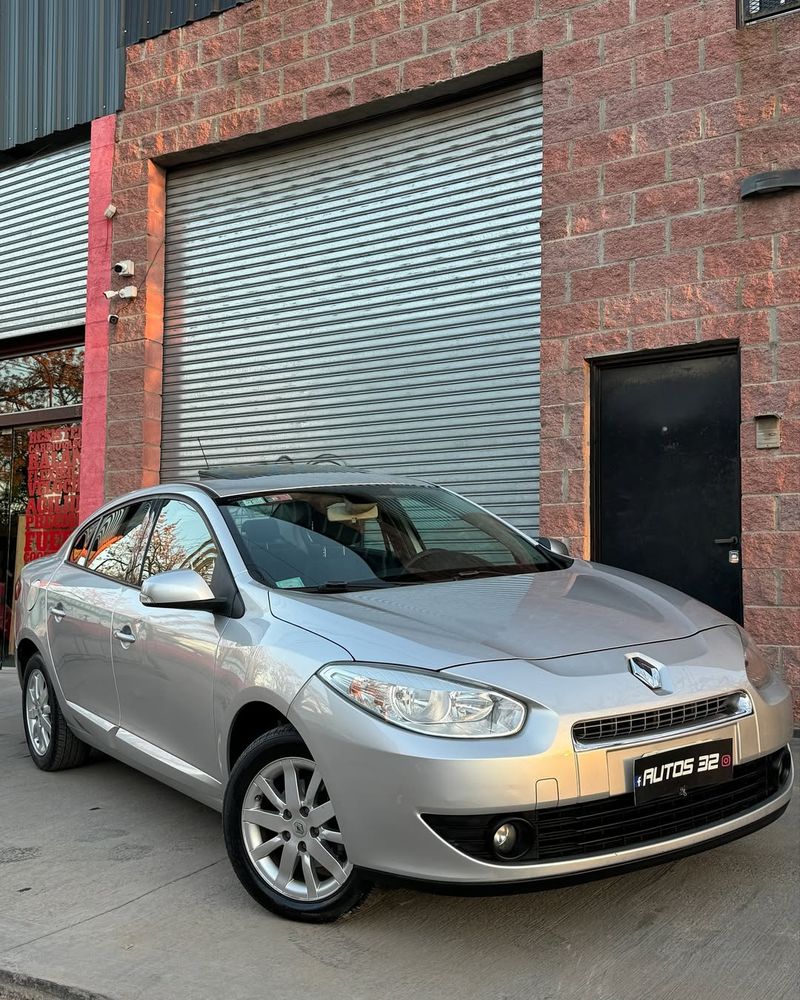
The Renault Fluence, in the realm of mid-sized sedans, often fades into the background. Its design, while elegant, lacks the distinctive qualities that make a car memorable.
Performance-wise, it offers nothing extraordinary. Competing against more dynamic options, it struggles to justify its place.
In a crowded market, the Fluence often leaves drivers looking for something more exciting. Why choose average when excellence is within reach?
29. Suzuki Verona

The Suzuki Verona promised an affordable alternative in the sedan market. Once, I believed it was a smart buy, but reliability issues soon surfaced.
The ride was average, and the interior felt dated quickly. Despite its initial appeal, it couldn’t compete with more refined rivals.
Did you know the Verona was Suzuki’s attempt to penetrate the American market with a larger sedan? It’s a lesson in how first impressions can be deceiving.
30. Daihatsu Charade

The Daihatsu Charade, with its compact form, promised efficiency but delivered modestly. It’s akin to an old favorite book that’s seen better days.
While it offered decent city performance, its longevity and features couldn’t keep pace with evolving expectations.
Competing against more innovative designs, it quickly became outdated. Despite its affordability, it often left drivers wanting more. Would you choose nostalgia over modern convenience?
31. Lancia Ypsilon
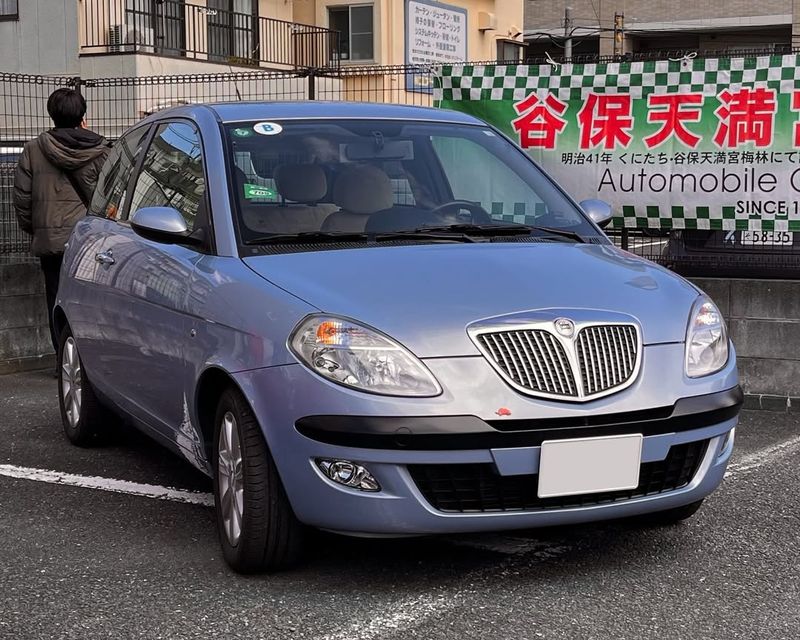
The Lancia Ypsilon attempted to merge style with practicality, yet its impact was mixed. While it sought to capture a premium feel, the driving experience was lacking.
Its legacy is one of ambition with limited execution. Despite its elegant exterior, the interior left much to be desired.
When considering style versus substance, do you lean more towards appearances or real driving satisfaction?
32. Mazda CX-7

In the crossover segment, the Mazda CX-7 aimed to blend utility with style. However, its turbocharged engine often felt overburdened, leading to mediocre fuel economy.
Compared to rivals, it struggled with interior space and comfort. While it tried to offer a sporty feel, it couldn’t maintain the balance between performance and practicality.
For those seeking a reliable crossover, more balanced options are available. Does the promise of style outweigh the need for reliability?
33. Volkswagen Fox
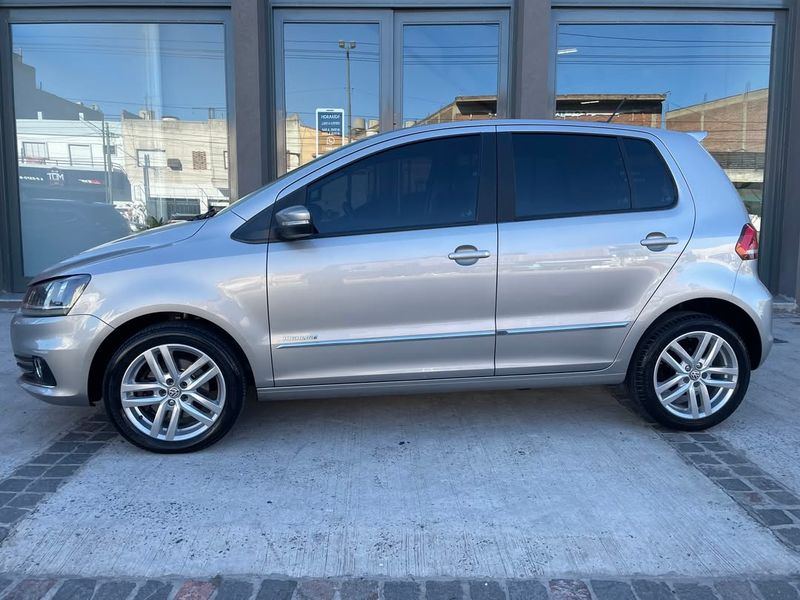
I once thought the Volkswagen Fox was the answer to city driving. Its compact design was appealing, yet the driving experience was average. Reliability issues soon surfaced, making it a less attractive choice.
Despite its initial promise, it couldn’t compete with more modern rivals.
Interestingly, the Fox was designed to offer an affordable entry into the Volkswagen family. Yet, sometimes promises don’t match reality, leaving one pondered if looks are deceiving.
34. Geely MK

The Geely MK, in the realm of budget vehicles, presents itself as an economical choice. Yet, its performance and reliability often disappoint. Picture a tool that promises efficiency but falters under pressure.
The design lacks flair, and the interior feels barebones. While it offers affordable transportation, many buyers find themselves desiring more. When given a choice, would you choose economy over experience?
35. Toyota Yaris Verso

Once hailed as a practical solution for urban commuting, the Toyota Yaris Verso’s legacy is one of utility. Yet, its design feels outdated, and the driving experience is far from engaging.
It served a purpose but didn’t excite. Despite its spacious interior, it lacked the appeal to keep up with modern tastes. Would you choose practicality over a thrilling ride?
36. Mitsubishi Eclipse Cross

In the crowded market of crossovers, the Mitsubishi Eclipse Cross struggles to stand out. Its design tries to capture attention but lacks the performance and handling to back it up.
Compared to competitors, it falls short in terms of interior quality and driving satisfaction. While it offers a decent package, it doesn’t exceed expectations.
For those seeking more than average, there are better options available. Does a flashy appearance justify average performance?
37. Chevrolet Aveo (Daewoo-built)
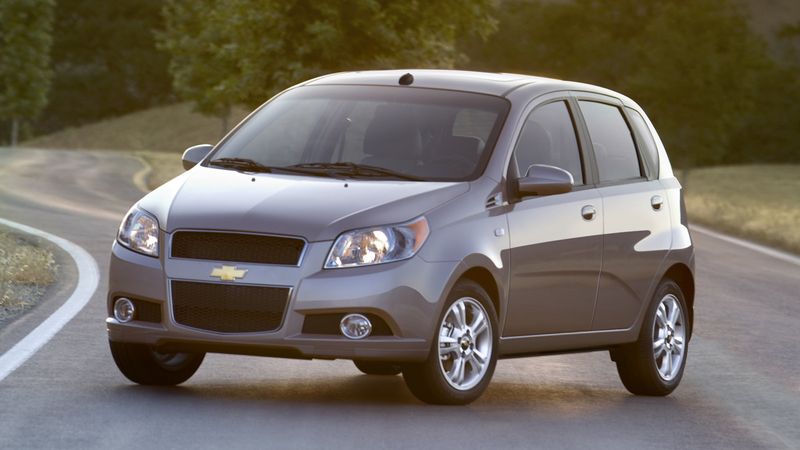
I once considered the Daewoo-built Chevrolet Aveo a practical choice. Its affordability was appealing, yet the reality was a car plagued with reliability issues.
The driving experience was far from memorable, and maintenance costs added up. Interestingly, the Aveo was part of an effort to penetrate the compact car market.
Yet, sometimes, what seems like a deal isn’t always worthwhile. Would you choose a bargain over long-term satisfaction?
38. Nissan Almera
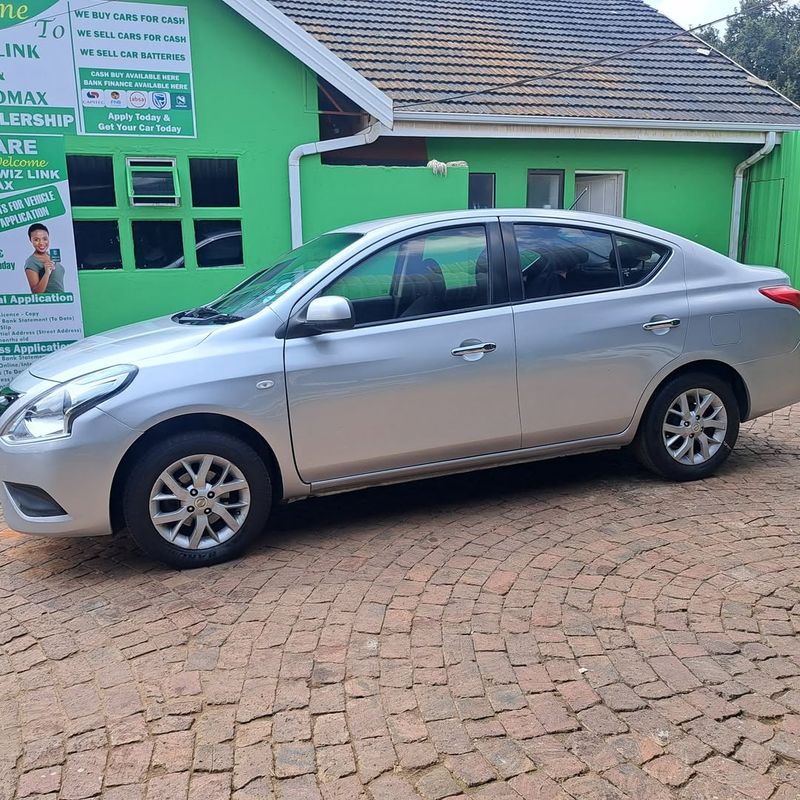
The Nissan Almera, in the compact sedan category, struggles to make an impression. Picture a plain canvas in a gallery of vibrant artworks.
While it offers basic transportation, the driving dynamics and features feel lacking. Competing against more refined alternatives, it often leaves potential buyers searching for more exciting options.
In a market full of choices, settling for the Almera feels like compromising on both style and performance. Is the price worth the sacrifice in driving enjoyment?
39. Renault Scenic
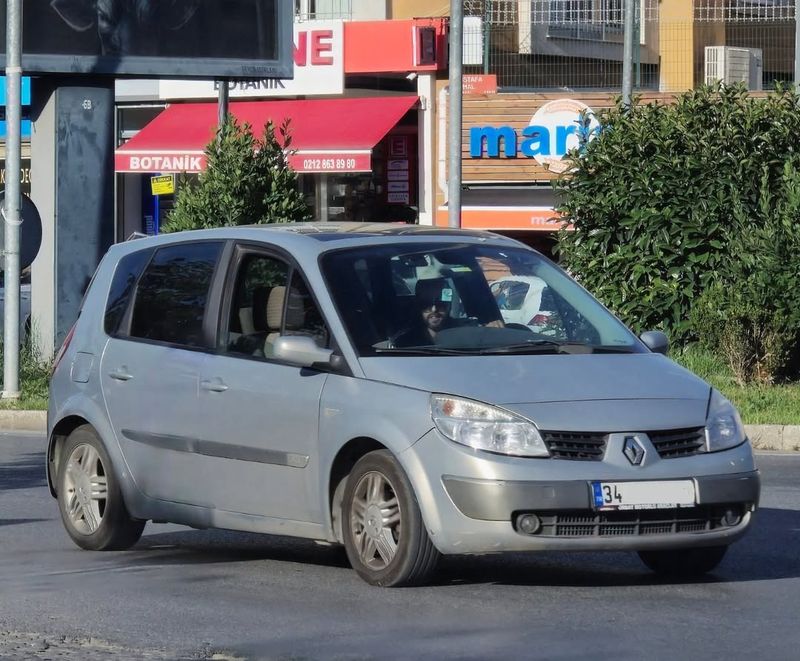
The Renault Scenic aimed to redefine family travel, yet its legacy is mixed. While it provided ample space, the design and performance fell short of expectations.
As a family vehicle, it lacked the reliability and excitement one might hope for. The Scenic tried to balance practicality with style but often left drivers wanting more.
When space is abundant, is it enough to overlook other shortcomings?
40. Peugeot 407
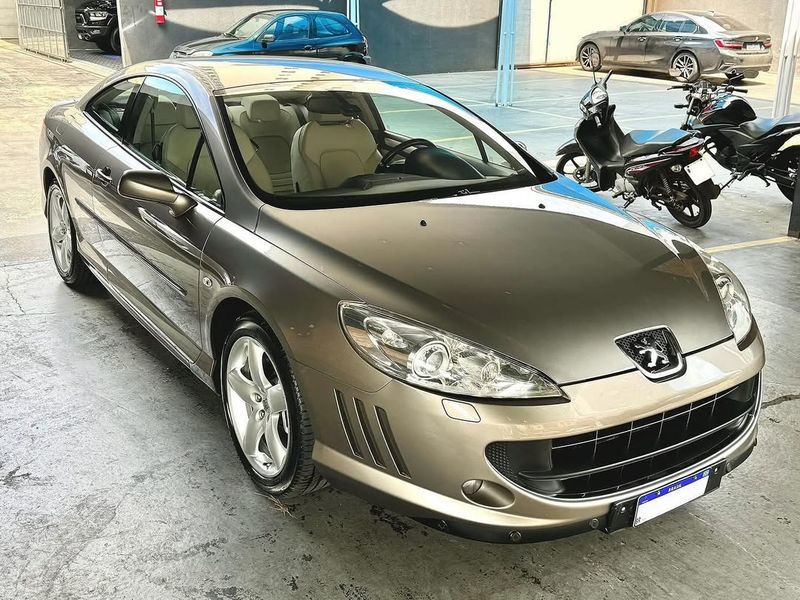
In the world of mid-sized sedans, the Peugeot 407 existed as a contender without making waves. Its design, while elegant, didn’t distinguish itself from the crowd.
Performance and handling were average at best. In comparison to more dynamic rivals, it lacked the driving excitement many sought.
A vehicle that simply blends in can often be overlooked in favor of more memorable experiences. Why choose a car that barely leaves an impression?
41. Fiat Multipla
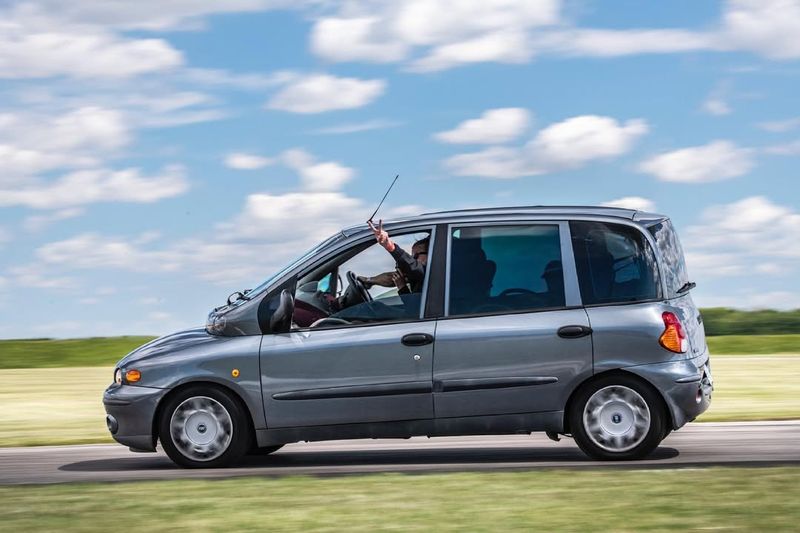
I once thought the Fiat Multipla’s unique design was its charm, but soon realized it was its downfall. Despite the spacious interior, the exterior design was polarizing.
Interestingly, the Multipla attempted to redefine family vehicles with its innovative seating arrangement.
Yet, it’s a reminder that innovation needs to be balanced with aesthetics. Sometimes, even the best intentions can lead to unexpected results.
42. Chery QQ
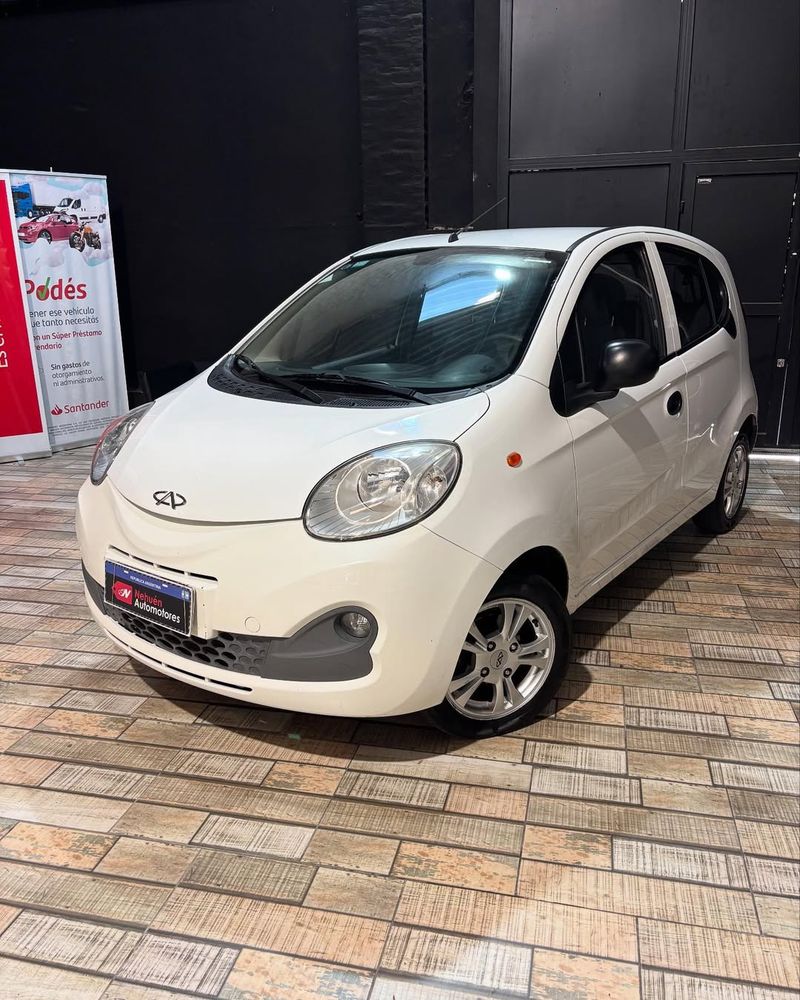
The Chery QQ aimed to offer affordable transportation in a compact package. It’s like an entry-level gadget that promises much but often fails in execution.
The design is simplistic, and the build quality leaves much to be desired. Competing against more established brands, the QQ struggles with reliability and performance.
For those seeking more than just basic transport, it may not meet expectations. Is a lower price enough to overlook quality concerns?
43. Subaru Justy (rebranded)
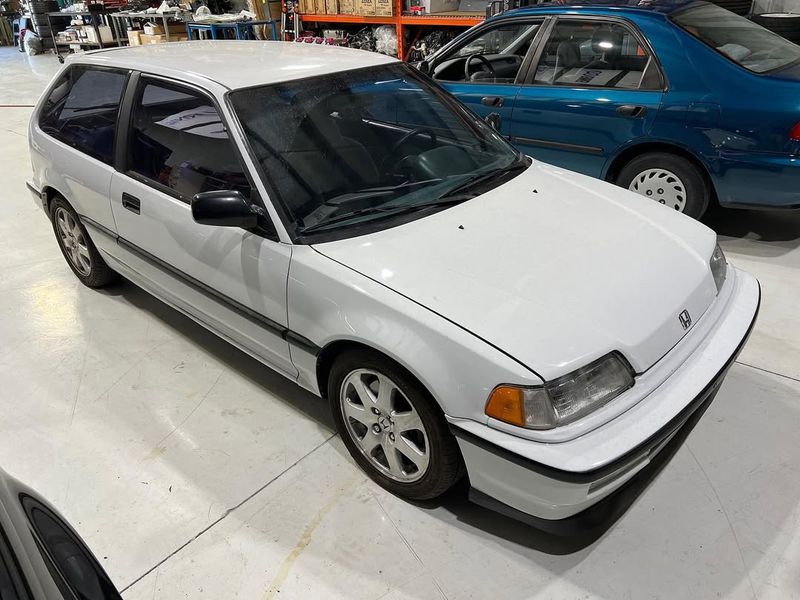
The Subaru Justy, in its rebranded form, tried to capture the budget-conscious driver. Yet, its legacy is mixed, with many unsure of its identity.
It offered practicality, but the driving experience was underwhelming. Despite its compact size, it struggled to stand out in a crowded market.
When considering a vehicle, would you choose function over a fulfilling drive?
44. Holden Epica

The Holden Epica, in the mid-size sedan category, struggled to impress. Compared to similar vehicles, it offered little excitement or innovation.
Its performance was average, and the interior felt dated. Competitors quickly outpaced it in both style and technology.
While it served as a basic transport solution, it fell short of delivering a memorable experience. Why choose a car that blends in when there are more exciting options available?
45. Citroën DS4
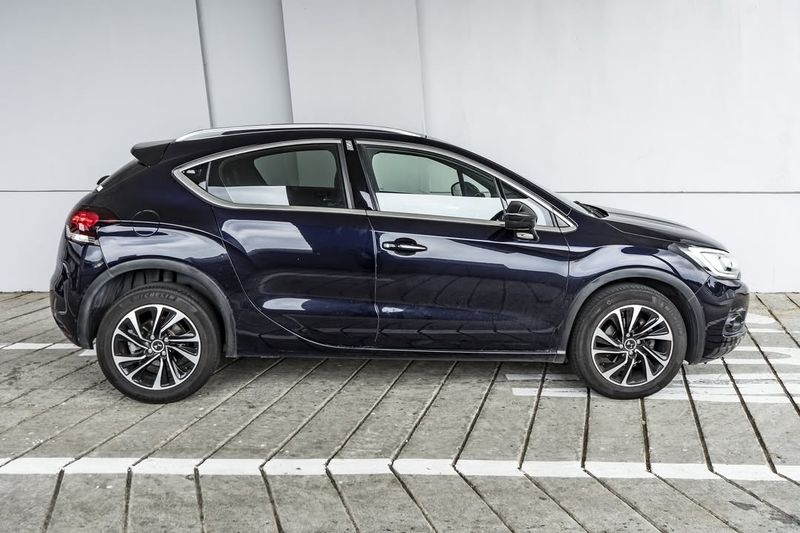
I was drawn to the Citroën DS4’s sleek look during a visit to Paris. It promised a blend of style and performance but fell short on the latter.
Despite its appealing exterior, the driving experience was underwhelming. Interestingly, the DS4 was part of Citroën’s attempt to offer a premium alternative within their lineup.
Yet, it’s a lesson that style alone doesn’t ensure satisfaction. Have you ever been attracted by appearances only to find they don’t match the experience?
46. BYD F3
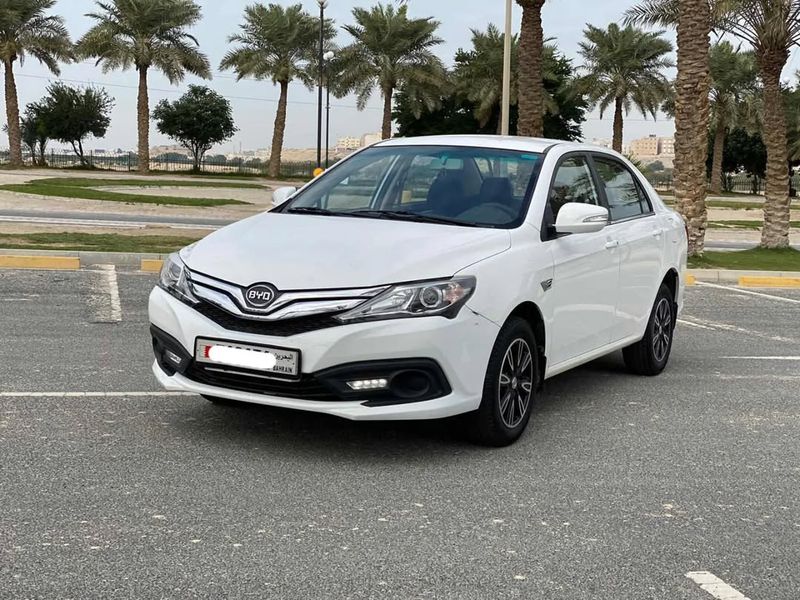
The BYD F3, in the economy sedan market, tries to offer value but often misses the mark. Its design is unassuming, and performance feels lackluster at best.
Picture a tool that claims versatility but struggles with execution. While affordable, it doesn’t stand out against more established competitors.
For buyers seeking a balanced package, the F3 may not fulfill expectations. Is price the only factor when choosing a vehicle, or does performance play a bigger role?
